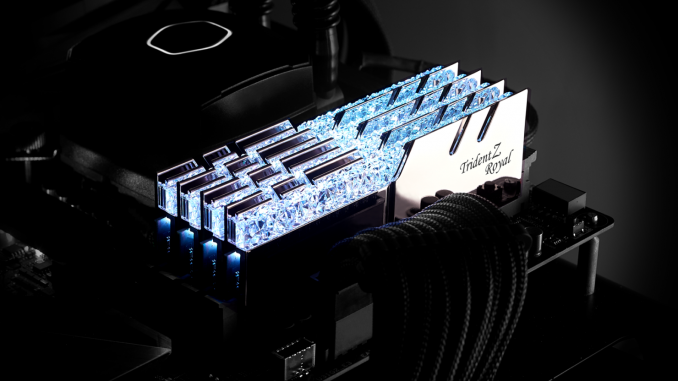
Memory prices are expected to fall again. After stable prices in the winter of 2018, DRAMeXchange expects a decrease of 20 percent in the first quarter.
Memory prices on a downward trend
After a boom in 2017, prices for RAM returned to normal in 2018. A downward trend even began in the second half of 2018, which did not end until the fourth quarter of 2018. Compared with the period before 2017, however, the price is still high. This could change now, as DRAMeXchange, an industry service from TrendForce, reports.
20 percent cheaper in Q1 2019
The renewed downward trend was triggered by high inventories. While Micron has already lowered its prices slightly before Christmas 2018 and is therefore not sitting on high stocks, the situation is different for its biggest competitors Samsung and SK Hynix. They have comparatively high inventories which force them to offer the RAM at a lower price. While the price for 8 GB and 4 GB modules at the end of 2018 was $30 and $60 respectively, it is already lower. By the end of the first quarter, the price for the 8 gigabyte modules is expected to fall to less than $55. The price is expected to fall by 10 percent in January and 20 percent until the end of March.
This price drop will also change profitability. While prices have risen sharply in the last two years, profitability for RAM manufacturers has risen significantly, while module manufacturers have not profited too much from it. In order to keep prices bearable for the end customer, module manufacturers even had to minimize their profits significantly. The situation could return to normal due to falling prices. What caused the high prices is still not quite clear. On the one hand, demand rose sharply as a result of the mining boom, and on the other illegal agreements were said to have been at fault. Last year, the three largest storage producers Samsung, Micron and SK Hynix were even confronted with a class action lawsuit, whereupon prices dropped.

Be the first to comment